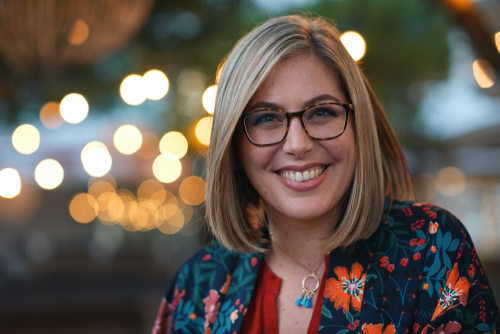A Softer Approach to Metabolic Support
In recent years, some clinicians have explored starting GLP-1 therapy at very small doses — a process often described as “microdosing.” The idea isn’t about taking less medicine overall, but rather allowing the body to adjust slowly while minimizing discomfort.
This gradual introduction can be appealing for those who are sensitive to new treatments or simply want a gentler experience. Still, microdosing should always be approached carefully, guided by a licensed medical provider.
Why Start Smaller?
Traditional GLP-1 programs use a structured dosing schedule, stepping up in consistent increments. In contrast, microdosing begins far below the standard entry point — sometimes as little as one-tenth of the usual first dose.
The theory is simple: smaller beginnings may give your digestive system and metabolism time to adapt, potentially reducing nausea, fatigue, or other side effects that can occur early on. For some, this helps build confidence and consistency during the first phase of therapy.
What the Process Looks Like
A typical microdosing plan might look like this:
- Begin with a very low weekly dose prescribed by your clinician.
- Maintain that amount for one to two weeks while tracking how your body feels.
- Increase gradually, only under medical supervision, if the lower dose is well tolerated.
Unlike traditional dosing — where adjustments may follow a set timeline — microdosing is entirely individualized. The emphasis is on how your body responds, not on hitting a specific number.
How It Feels to Start Slowly
In the early phase, you may notice:
- A lighter appetite or quicker sense of fullness
- Slight digestive changes as your system adapts
- Increased awareness of satiety signals or portion sizes
If symptoms feel uncomfortable, it’s often possible to pause at the current level until things stabilize. In most cases, small adjustments — rather than big jumps — make the process smoother.
What to Remember Along the Way
- Never self-dose. Only a licensed professional should determine your dosage or make changes.
- Track your body’s signals. Appetite, energy, and digestion can reveal how well your system is adapting.
- Stay consistent with routines. Hydration, nutrition, and movement all influence how comfortably your body adjusts.
- Be patient. Gradual results are still progress. Microdosing isn’t meant to rush change — it’s designed for sustainability.
- Stay in contact with your provider. Open communication ensures adjustments are safe and personalized.
The Bigger Picture
Microdosing doesn’t guarantee stronger or faster results. For many, it’s simply a gentler path that helps the body and mind ease into therapy with fewer setbacks. If the lower range provides benefits without discomfort, your clinician may recommend staying there; if not, they can guide you through a transition to standard dosing safely.
At Easylose, we see microdosing as one more way to tailor care to the individual — never a one-size-fits-all solution, but a mindful, measured approach that honors your pace.


.jpg)

